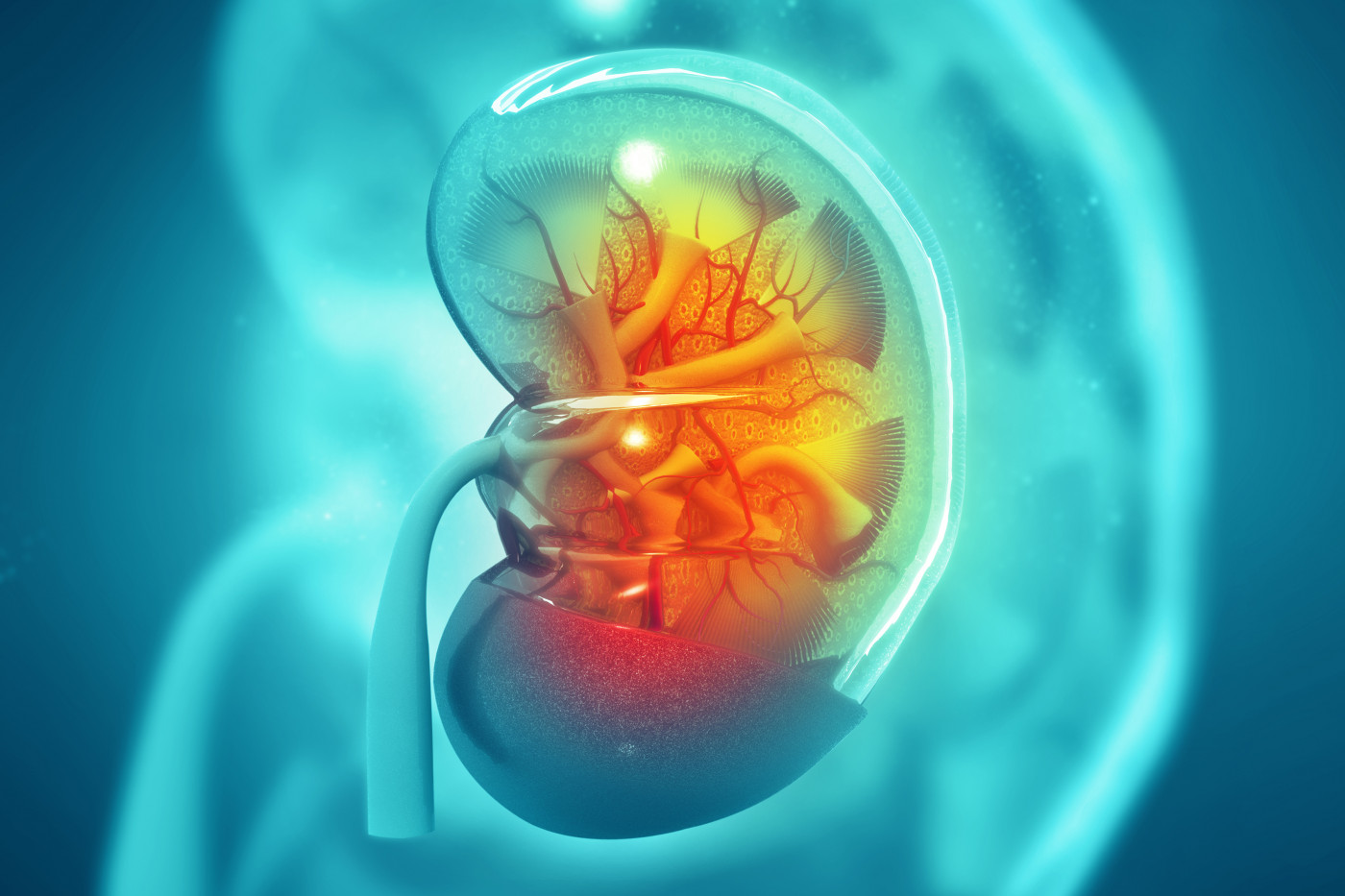Researchers Find Potential Therapeutic Target for Alport Syndrome in Mouse Study

Researchers found that the absence of the protein osteopontin (OPN) improved kidney function, eye structure, and hearing ability in a mouse model of Alport syndrome.
Osteopontin is part of a newly discovered pathway that may be a potential therapeutic target to treat the disease.
The study, “Osteopontin deficiency ameliorates Alport pathology by preventing tubular metabolic deficits,” was published in the journal JCI Insight.
Alport syndrome is caused by defects in major structural proteins that act as a barrier between tissue compartments that are essential for the normal functioning of the kidney, inner ear, and the eye.
Osteopontin, a soluble extracellular protein with several regulatory roles, has been implicated in the development of several kidney conditions. It was also found to regulate cholesterol metabolism.
High cholesterol is a known risk factor of kidney injury, and lipid (fat) accumulation in the kidney has been associated with the progression of chronic kidney disease. However, the role of osteopontin in renal injury and its possible association with cholesterol metabolism are not fully understood.
Now, researchers at the University of Miami Miller School of Medicine investigated the role of osteopontin in a mouse model of Alport syndrome.
The Alport mouse model showed higher levels of osteopontin in the kidney tubules compared with healthy mice. Their kidneys also had increased cholesterol accumulation and impaired cellular energy production, which takes place in a specific cell organelle called the mitochondria.
Additional research showed that osteopontin regulated dynamin-3 (DNM3) and LDL receptor (LDLR) proteins, known to be involved with cholesterol transportation. DNM3 was found to impair mitochondria function in a human kidney cell line expressing high levels of DNM3 as well as in the mouse model.
The genetic elimination of osteopontin from the Alport mouse model significantly increased its lifespan — in some mice by twice as much — and improved kidney function, hearing ability, and eye structure. The kidney effects were associated with a DNM3-dependent reduction of cholesterol accumulation and improvement in cellular energy production.
“We show that OPN is highly expressed in Alport renal tubules where it regulates dynamin-3–mediated (DNM3-mediated) increased LDL receptor (LDLR) expression, increased LDL-cholesterol influx, and decreased mitochondrial energetics,” the team wrote.
These findings suggest that osteopontin regulates a pathway associated with the development of Alport syndrome, and that osteopontin and DNM3 may be therapeutic targets for the disease.







Leave a comment
Fill in the required fields to post. Your email address will not be published.